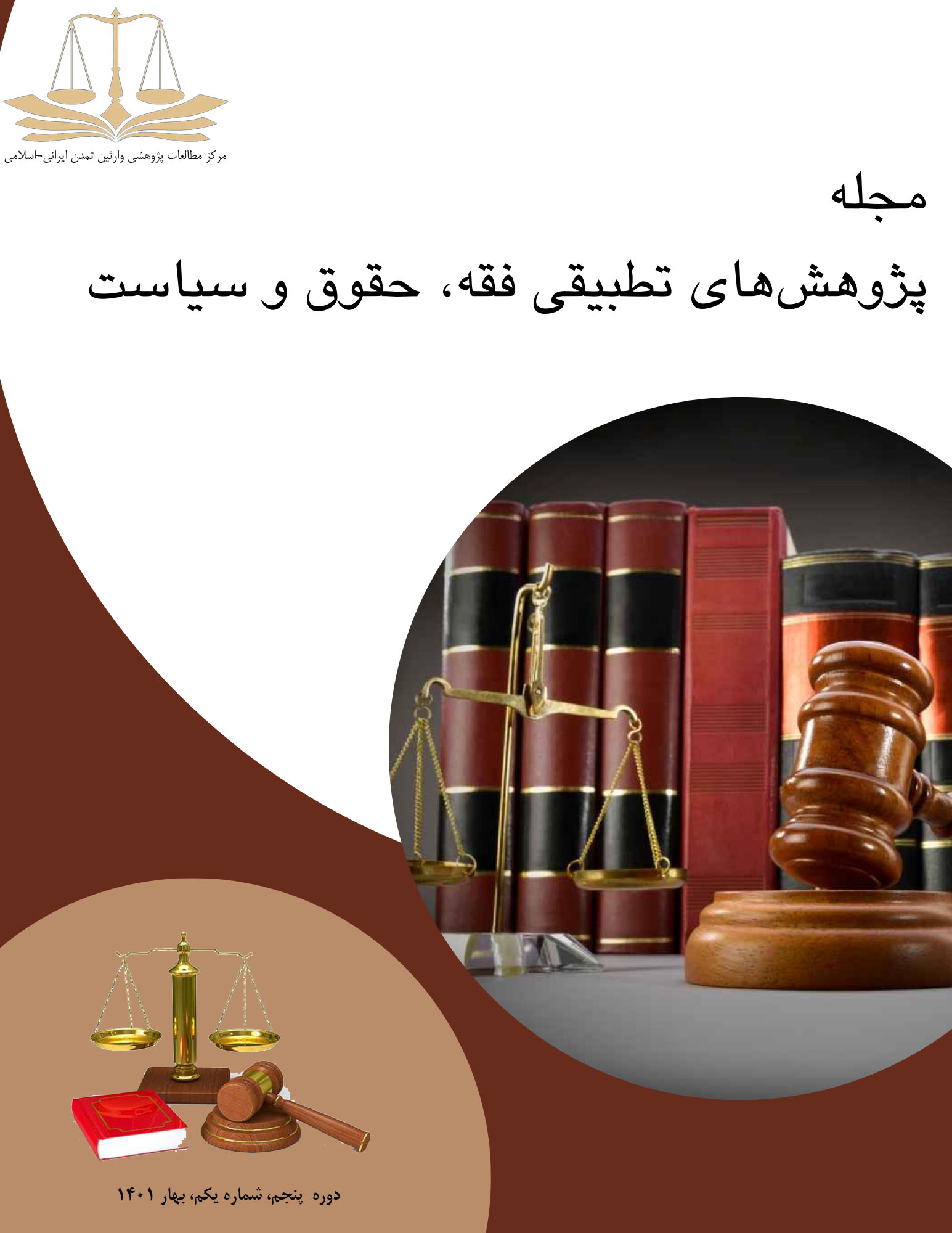The Crisis of Rohingya in Light of the Doctrine of Responsibility for Protection
Keywords:
Responsibility to Protect theory, humanitarian law, Muslim minority, genocide, displacementAbstract
The principle of the Responsibility to Protect (R2P), adopted by states at the 2005 World Summit, asserts that governments are responsible for protecting their citizens. If a government fails to fulfill this responsibility, the international community assumes the responsibility. In Myanmar, the Rohingya crisis and the 2021 military coup have highlighted widespread and systematic human rights violations in the country. Despite the accepted principles of R2P, the international community has ignored its responsibility to stop the widespread atrocities in Myanmar. The demand for R2P in Myanmar is increasing. The objective of examining the situation in Myanmar, through the lens of a sociological approach to global governance, is to evaluate the perspectives of the international scientific community regarding the potential of the Responsibility to Protect theory concerning Myanmar. This study outlines the justifications, implementation challenges, and provides recommendations for future political action. The Security Council veto, the principle of non-intervention, and confusion regarding the implications of R2P have disrupted an effective and collective international response. Although military intervention may not be feasible, a range of non-coercive actions under the R2P framework, along with continued support for its fundamental principles, is recommended.
Downloads
Published
Submitted
Revised
Accepted
Issue
Section
License
Copyright (c) 1402 حاتم صادقی زیازی, سمیه السادات میری لواسانی, محمدحسین عابدی فیروزجائی (نویسنده)

This work is licensed under a Creative Commons Attribution-NonCommercial-ShareAlike 4.0 International License.









